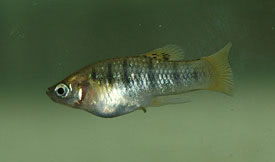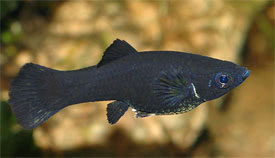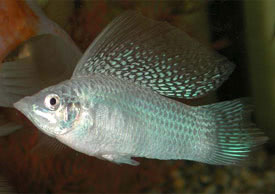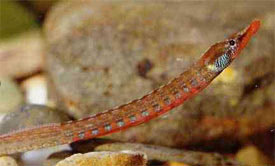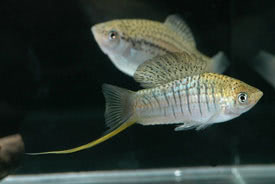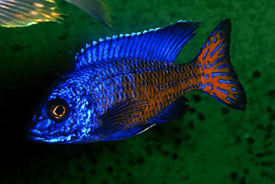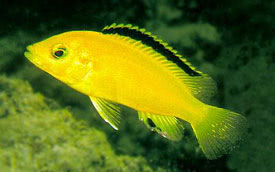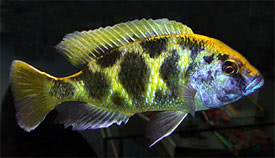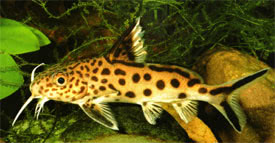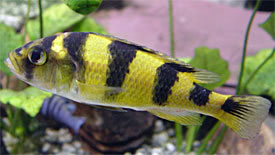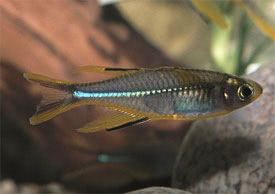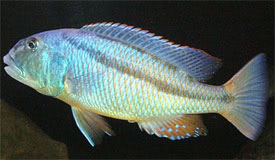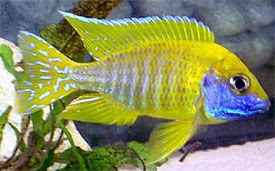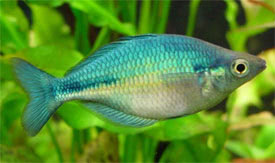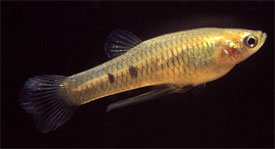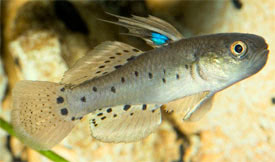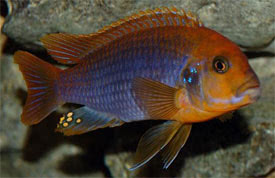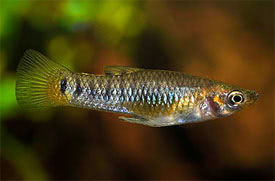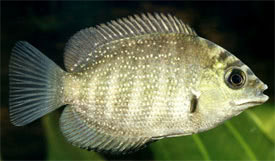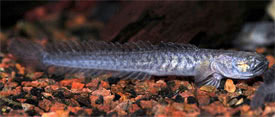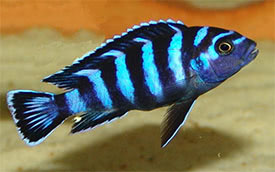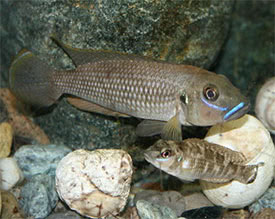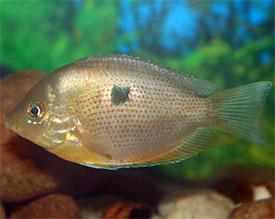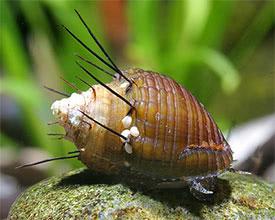
 Magyarul / Hungarian
Magyarul / Hungarian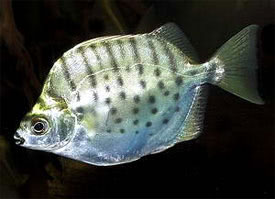
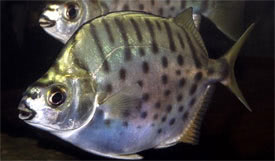

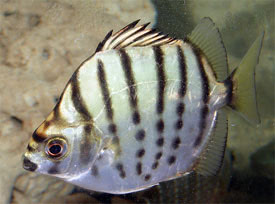
- Scientific name: Selenotoca multifasciata
- Synonyms: Scatophagus multifasciatus
- Common name: Spotbanded scat, Striped Scat
- Group: Brackish fishes
- Habitat: Australia, Philippines, Sulawesi, Indonesia
- Size: 40 cm, but usually smaller in aquarium.
- Biotope: Found in estuaries and coastal waters. Juveniles frequently found in mangrove creeks or freshwater reaches of rivers, while mature fish prefer saltwater.
- Social behavior: An active, semi-aggressive schooling fish. Should be kept with similar sized fish, as they can be predatory towards small fish.
- Diet: Omnivorous; unfussy eater, most live and frozen foods are accepted. They will also accept dried foods, and reguralry need some vegetable matter, such as lettuce leaf.
- Breeding: Have not been bred in auqarium.
- Tank: Minimum 400 litres
- Population: 3-4 fish for 400 litres
- Decoration: Provide a bottom of sand or fine-grained gravel. Smooth rocks, roots, or branches are ideal decoration. Large aquarium with plenty of open swimming space.
- Temperature: 20-28 °C
- pH: 7.5-8.5
- Hardness: 8-30 NK°
- Lifespan: 5-8 years
Description: Selenotoca multifasciata has a laterally compressed, greenish or silvery body with 7 to 12 narrow dark vertical bars on dorsal half of flanks and spots arranged in vertical rows in ventral half. They have a relative small head and mouth. Generally a hardy fish, but are quite nitrate sensitive, and as they are messy eaters, and can consume great quantities of food, regular water changes and strong filtration are essential. The young ones can be kept in fresh or brackish water, but as they mature they should be kept in a salt water environment, as they live mostly in the ocean. As with other scats the dorsal spines have a venom gland at the base, so care must be taken, as they can inflict painful wounds. These fish are very difficult to visually sex with no obvious external differences. Little is known about their breeding habits, some believed that they spawn on coral reefs and the young migrate to the freshwater and brackish areas near river estuaries. When they mature they return to the open sea.





